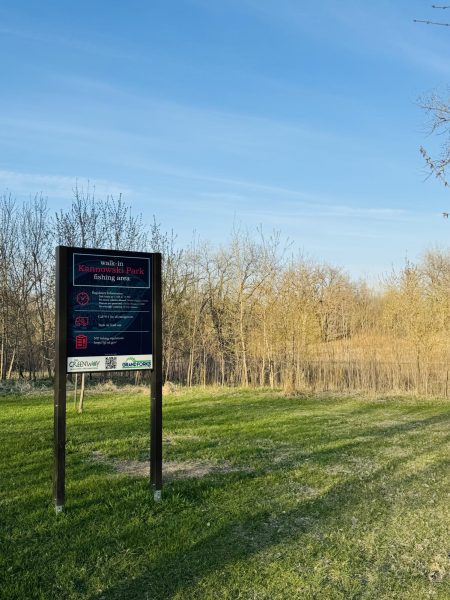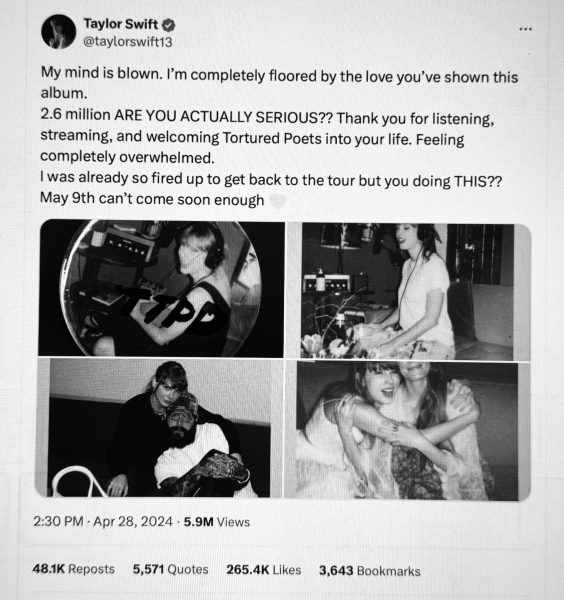Barriers cut student interest
As each semester begins, essential studies classes fill up, and wait lists and standing room only become students’ best options.
Slowly, throughout the semester, students vanish only to resurface around mid-term tests. Once again, they disappear like a retreating wave, which rolls back into the classroom a few weeks before finals. This wave action leaves one wondering, where do all the students go? Why are they not in class as responsible, diligent students should be?
Are the absent students “bad students” for not attending class? The majority of students would answer no. Students across the U.S. and at UND choose not to attend class for three major reasons: cultural language barriers, ineffective communication and lastly, the instructor failing to engage students. These communication issues greatly contribute to the reason students are sometimes unsuccessful during their college careers.
The majority of UND attendees strive to be good students. Unfortunately, the communication situations in most essential studies courses don’t allow students to perform as expected — a shortfall I’ve encountered while attending UND.
Chemistry is an important prerequisite for science and engineering students. This is such an essential class for students, and it’s important for the instructor to communicate clearly, concisely and effectively.
I’ve taken two chemistry courses. All my effort went into trying to comprehend what the instructor was attempting to say, which didn’t allow me to obtain a good understanding of the material.
It’s obvious instructors do their best to communicate, but if they aren’t proficient in English and have heavy accents, the extra effort made by them often isn’t enough.
Another example of inadequate communication I’ve seen was in a required calculus course. During most of the class, the instructor spoke directly to the board, wasn’t facing the students, had illegible handwriting and spoke extremely fast. He used words excluded from our book and weren’t taught to us in previous math classes.
When an instructor struggles to verbally communicate due to language barriers or an academic level of understanding, they can fill this void by creatively and effectively engaging students on a new level.
When I took the required English composition class, I despised writing. However, my instructor’s teaching style was so engaging and creative, she changed my view about writing. She stimulated the class with creative topics and open-ended assignments. She also provided individually assessed and fairly graded feedback.
An error instructors commonly make is neglecting to engage students in the subject they are teaching. Dexter Perkins, UND mineralogy professor, expressed an accurate opinion on this topic in a Grand Forks Herald article.
Perkins pointed out that many instructors use outdated teaching techniques such as chalkboard usage or the consistent use of standard slide shows. Neither keep students engaged.
Instructors, as portals of education, need to demand and use updated teaching instruments such as interactive SMART boards and advanced animated slide shows.
I’m in agreement with a statement from Perkins’ aforementioned article, “Whatever the cause, we (instructors) have an obligation to teach to the students we have today, not the ones we wish we had or the ones we had in the past. So, we need to do things differently.”
Instructors have the responsibility and obligation to reflect on their own teaching performance and offer alternate ways of learning beyond the standard slide show and lecture.
Instructors need to realize that they play a major part in students’ lack of interest which ultimately leads to poor grades. They need to restructure their teaching methods to break down communication barriers and look for new ways to engage students.
Stimulated and interested students will lead to better class attendance, higher subject material retention, improved grades and increased student and instructor satisfaction with the university.
Margaret Upton is a staff writer for The Dakota Student. She can be reached at [email protected].









